Upland Rising - La Noue -
In 2007, after the discovery of a significant amount of oil underneath the Arctic Ocean, the Russian army sent a submarine to plant a flag 4000m under the sea. The performance was filmed and broadcasted on national news to affirm their claim on this isolated part of the world.
The flag series “Upland Rising” proposes another consideration of the territory. These images represent landscape compilations of geological formations and environments sourced from Internet archives. As a mountaineer celebrates the end of his expedition by planting a flag on the top of a mountain, these flags are intended to be placed atop of skyscrapers. The overturning of the notions of predation and environment here constitutes a mineral propaganda. The flags – exhibited in an inactive state – are a form of abstract militancy proposing a geological conquest on a social landscape.
“Upland Rising” is proposed as both an exhibition piece and a conquest tool. Inside the flags are inactive, hanging, waiting to be packed up and re-installed at a new site. And yet each time a flag is installed somewhere in a public space, it becomes the object of a film documenting a newly occupied territory.
 Share / Save
Share / Save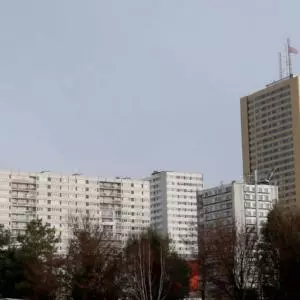
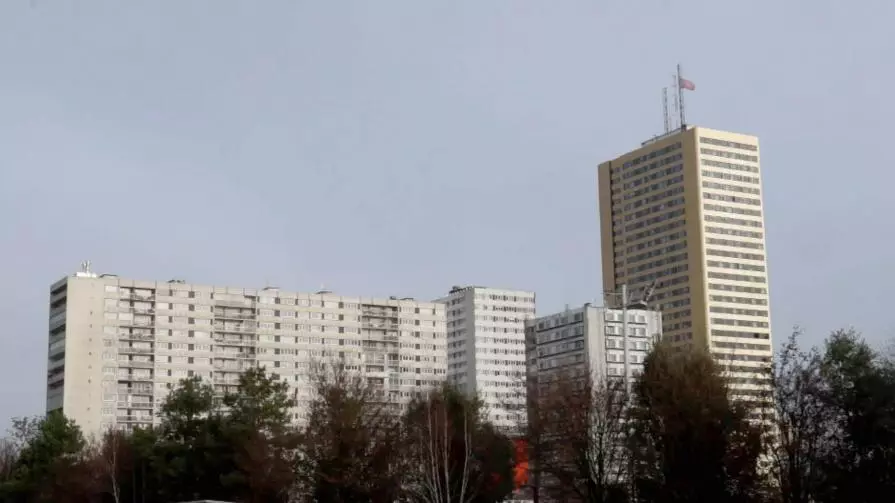
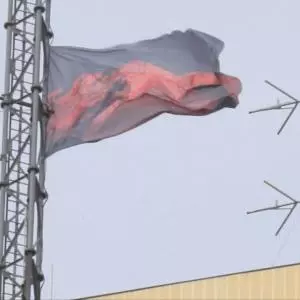
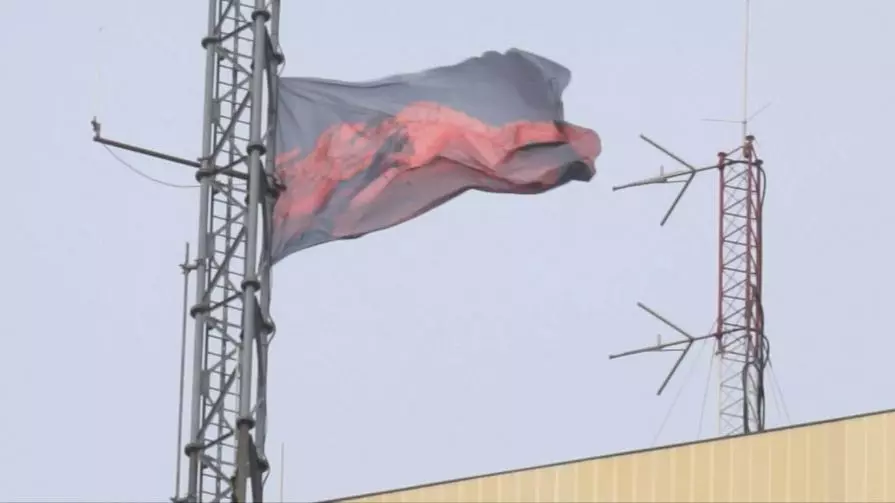
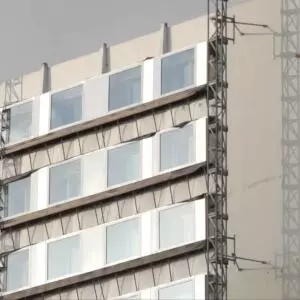
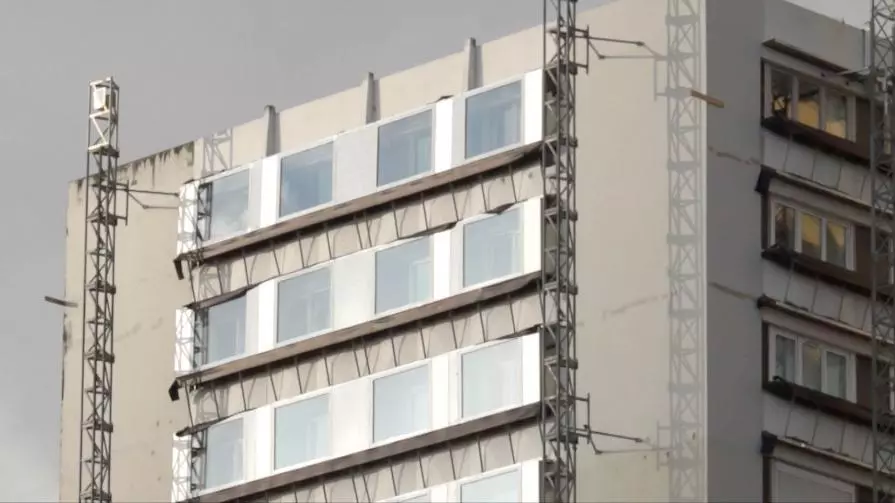












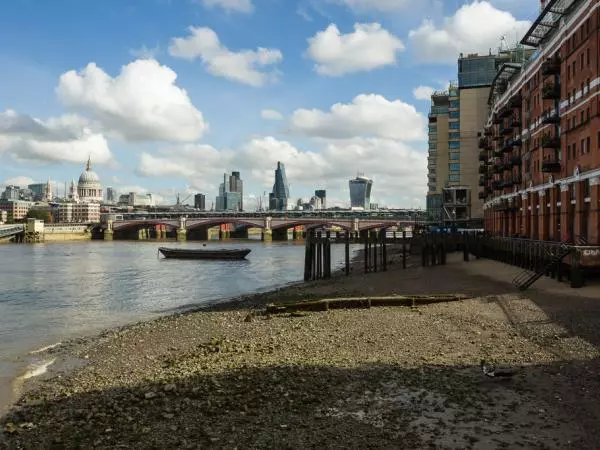
Commenti 0
Inserisci commento